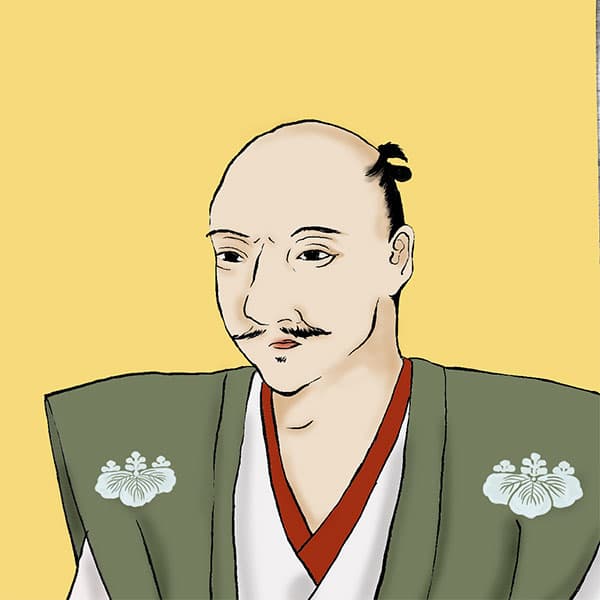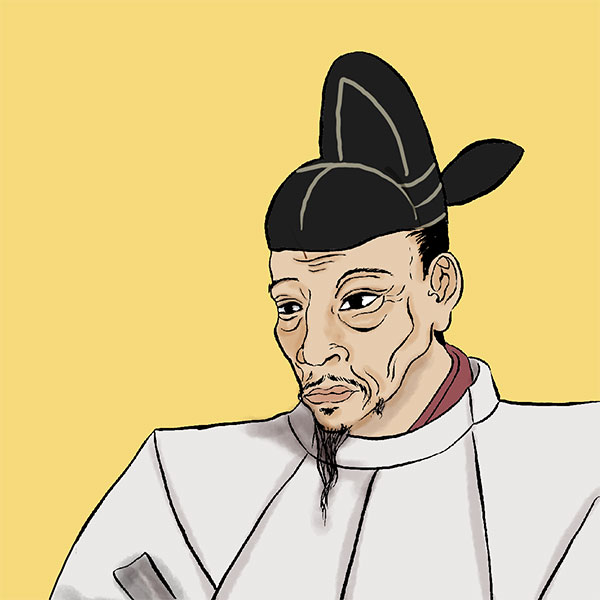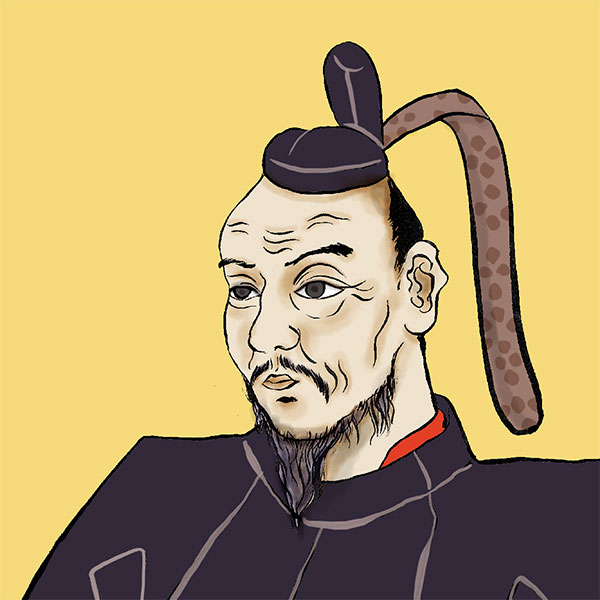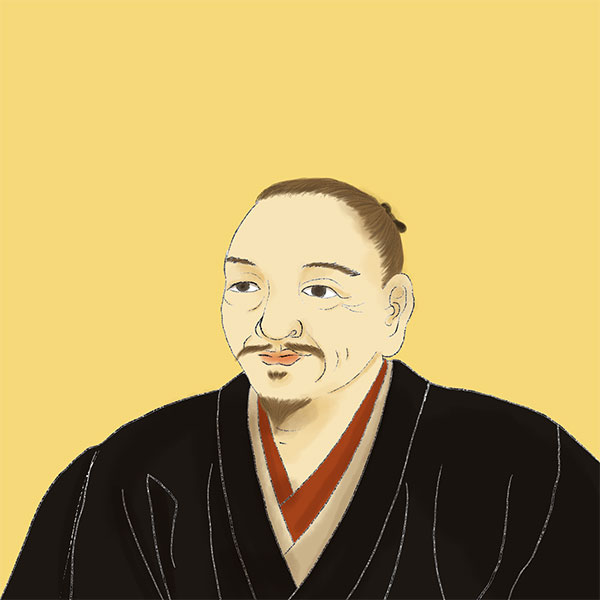Attack on Shikoku (1/2)Toyotomi Hideyoshi VS Chosokabe Motochika
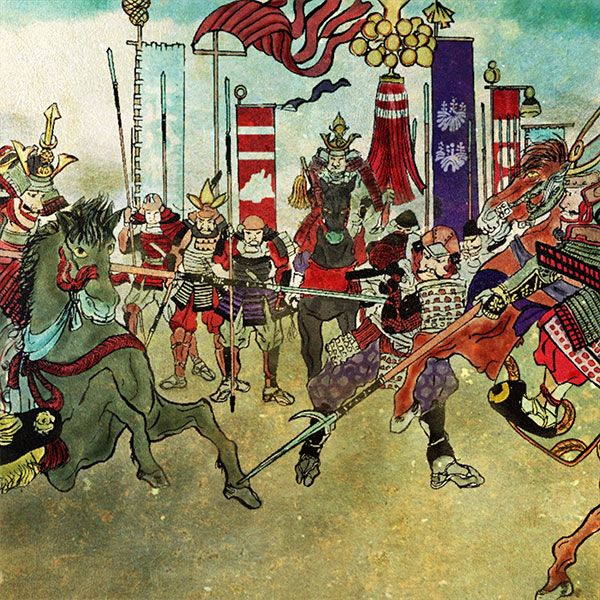
Attack on Shikoku
- Article category
- case file
- Incident name
- Attack on Shikoku (1585)
- place
- Tokushima prefecture, Kagawa prefecture, Ehime prefecture, Kochi prefecture
- Related castles, temples and shrines

Shozui Castle

Oka Toyoshiro
In 1585, Toyotomi Hideyoshi, who succeeded Nobunaga and set out to unify the country, defeated Motochika Chosokabe, the ruler of Shikoku, and unified Shikoku. In fact, Motochika was related to Hideyoshi's master, Oda Nobunaga, and Hideyoshi, so to speak, succeeded Nobunaga and attacked Shikoku with a large army and defeated Motochika. This battle, known as the Shikoku Attack, Shikoku Conquest, or Shikoku War, allowed Hideyoshi to take control of western Japan. This time I will explain about the attack on Shikoku.
What is the relationship between Motochika Chosokabe and Nobunaga Oda?
Who ruled Shikoku in the first place? To understand this, it is necessary to explain Chosokabe Motochika. Motochika was one of the powerful ruling families of Tosa (present-day Kochi Prefecture), but in 1575 he unified Tosa and formed an alliance with Oda Nobunaga. Tokushima Prefecture), Sanuki Province (Kagawa Prefecture) and planned to unify Shikoku.
Motochika asked Nobunaga to take over his eldest son, Eboshichika, and Nobunaga agreed. I am trying to give my eldest son one letter after my own name and name him ``Nobuchika.'' It is also said that Nobunaga issued a red seal to Motochika, stating that he could add Shikoku to his territory as soon as he was able to cut it off, meaning that he could claim the territory he won in battle as his own. In response, Motochika set out to conquer Awa Province, which was within the Miyoshi clan's sphere of influence.
In 1580, Motochika dispatched his subordinate Chikayasu Kasokabe to Nobunaga. They reported that they had defeated Yasutoshi Miyoshi of Iwakura Castle (Mima City, Tokushima Prefecture), and requested that Nobunaga take measures to prevent the Miyoshi clan from becoming hostile to them.
However, in June 1581, Nobunaga issued a letter of red seal to the Chosokabe clan requesting that ``the Chosokabe clan cooperate with the Miyoshi clan.'' The message was intended to appeal to Mr. Miyoshi, who was in conflict with Mr. Chosokabe. This seems to have been because Nobunaga wanted to use the Miyoshi clan's Miyoshi navy as an ally in order to counter the Mori clan of China, which was his enemy at the time. Incidentally, there is a theory that Nobunaga may have felt distrust of Motochika because the Chosokabe clan had a cooperative relationship with the Mori clan.
Furthermore, the forces of Iyo, which had been attacked by the Chosokabe clan, asked Nobunaga for help, and Nobunaga allowed Motochika to take possession of the southern half of Tosa Province and Awa Province, while giving permission to other lands. was ordered to be returned. Motochika gets angry at this over-the-top order. The original promise was that it would depend on the cut, so why was it suddenly changed unilaterally? Moreover, his territory was a land that he had won on his own without any help from Nobunaga. Naturally, he rejected Nobunaga's arguments and deepened his relationship with the Mori clan. As a result, the relationship between Nobunaga and Motochika deteriorated. Finally, Nobunaga decided to attack Shikoku in order to defeat Motochika Chosokabe.
Nobunaga's Shikoku attack ended in illusion
In May 1582, Oda Nobunaga set out to conquer Shikoku, appointing his third son Nobutaka Oda as commander in chief. However, when the main army of 14,000 men led by Nobutaka was about to invade Shikoku, the Honnoji Incident caused by Mitsuhide Akechi occurred. As a result, the attack on Shikoku disappeared.
Motochika Chosokabe, who escaped the crisis of being attacked by Nobunaga, took advantage of the political vacuum immediately after the Honnoji Incident to attack Awa Province, and almost captured it. After that, they conquered Sanuki Province and Iyo Province, and unified Shikoku in 1585. However, since there were still forces hostile to Motochika in Awa, Sanuki, and Iyo, there is a theory that ``Motochika did not unify Shikoku,'' and opinions are divided among researchers.
Conflict between Hideyoshi/Mori clan and Chosokabe clan
Toyotomi Hideyoshi rose to prominence after the Honnoji Incident. As the successor of Oda Nobunaga, he was in conflict with Motochika Chosokabe, and Motochika also remained hostile to Hideyoshi. In 1583, Motochika was on Katsuie's side in the Battle of Shizugatake, where Hideyoshi and Katsuie Shibata fought to succeed Nobunaga. At the Battle of Komaki-Nagakute, he sided with Ieyasu and fought against Hideyoshi.
On the other hand, it seems that both sides initially thought that the territorial issue of Shikoku could be resolved through negotiation. First, Motochika tries to make peace by giving Iyo to Hideyoshi, but Hideyoshi refuses. After that, Motochika agreed to give up on the other two countries in order to relieve Tosa and Iyo, had his eldest son Nobuchika Chosokabe live in Osaka and serve Hideyoshi, and offered his other child as a hostage. I am proposing a proposal.
Hideyoshi tried to accept this idea at least once, but the arrangement with the Mori clan did not go well and the company eventually went bankrupt. At this point, the Mori clan had made peace with Hideyoshi, and the Mori clan and the Chosokabe clan were fighting over territory in Iyo Province. In the end, peace negotiations between Hideyoshi, the Mori clan, and the Chosokabe clan ended in failure, and Hideyoshi decided to attack Shikoku in order to gain control of the three countries other than Tosa.
Careful preparations for attacking Shikoku
Toyotomi Hideyoshi decided to conquer Shikoku in 1585, but since it was his first battle across the ocean, he made careful preparations. First, on May 4th, Kanbei Kuroda was dispatched to Awaji Island, and Naosue Ichiyanagi was sent to Akashi to wait there.
On the 8th, he asked his younger brother Hidenaga Toyotomi to investigate the number of ships in Izumi (southern Osaka prefecture) and Kii (southern Wakayama prefecture and southern Mie prefecture), and asked the Shirakashi and Tamaki clans, who were natives of Kii, to prepare for the invasion of Shikoku. and ordered each to arrange a ship. Upon receiving this, Hidenaga investigated the ships and ordered the ships of Izumi and Kii to gather at Kino Port (Wakayama City, Wakayama Prefecture).
Finally, in June, Hideyoshi decided to march to Shikoku. Initially, Hideyoshi himself was scheduled to lead his troops and leave for the front on June 3rd, but due to illness, and also to keep a check on Narimasa Sassa of Ecchuria (Toyama Prefecture), who was Hideyoshi's enemy. , he appointed Hidenaga as commander-in-chief in his place. His deputy was his nephew Hidetsugu Toyotomi. Hideyoshi remains at Kishiwada Castle (Kishiwada City, Osaka Prefecture).
Motochika Chosokabe, on the other hand, had been aware of Hideyoshi's movements and had been solidifying his defenses and preparing for battle since the spring of 1983. They gathered 40,000 (20,000) soldiers from Shikoku, including 6,000 Tosa soldiers, and in May, they built Shiraji Castle in Miyoshi District, Awa Province, which is the base for the unification of Shikoku and has good access to the other three countries. Headquarters will be located at.
In addition, Motochika, anticipating that Hideyoshi and others would invade from the Awa direction, placed senior vassals and soldiers at each castle in Awa. Tojo Sekibei at Kizu Castle, Yasutoshi Yoshida at Kiyama Castle, Chikayasu Kosokabe at Ushiki Castle, Tadazumi Tani and Chikatoshi Emura at Ichinomiya Castle, Chikaoki Hieyama at Iwakura Castle, and Chikayoshi Chosokabe at Wakijo. Place Kichi to strengthen your defense. Furthermore, in Sanuki Province, they set up an ambush at Ueda Castle (Takamatsu City).
Shikoku attack ① Hideyoshi's strategy is a three-pronged attack
Toyotomi Hideyoshi's strategy for attacking Shikoku was to divide his army into three and attack Shikoku from three directions. Specifically, the idea is to attack Awa from Awaji Island, Sanuki from Bizen (Okayama Prefecture), and Iyo from Aki (Hiroshima Prefecture). The total number of troops was 100,000 to 120,000. His plan was to defeat Motochika Chosokabe with a large army.
- In charge of Awa Province: The main force led by Toyotomi Hidenaga and Toyotomi Hidetsugu attack from Awaji Island. 60,000 soldiers in total
- In charge of Sanuki Province: Hideie Ukita, Masakatsu Hachisuka, Kanbei Kuroda and others will attack from Bizen. Total number of soldiers: 23,000 (some say 15,000)
- In charge of Iyo Province: Mori Terumoto, Kobayakawa Takakage, Yoshikawa Motonaga and the Mori forces attack from Aki. 30,000 to 40,000 soldiers
Now, let's take a look at the details of the Shikoku attack for each country.
Shikoku attack ② Main forces clash! Battle of Awa Province
The main force of about 30,000 men led by Toyotomi Hidenaga was in charge of attacking Awa Province. The main unit departed from Sakai on June 16th and arrived at Awaji Island. Toyotomi Hidetsugu, the adjutant general, joined them via Akashi with 30,000 soldiers. Then, a large fleet of 800 ships of various sizes landed at Tosa Tomari, Awa Province (Naruto City, Tokushima Prefecture). The group in charge of Sanuki Province joined them, and the army expanded further.

- WriterNaoko Kurimoto(Writer)I am a former travel industry magazine reporter. I have loved history, both Japanese and world history, since I was a child. I usually enjoy visiting temples and shrines, especially shrines, and often do ``pilgrimages to sacred places'' themed around historical figures. My favorite military commander is Ishida Mitsunari, my favorite castle is Kumamoto Castle, and my favorite castle ruins is Hagi Castle. My heart flutters when I see the ruins of battle castles and the stone walls of castle ruins.



